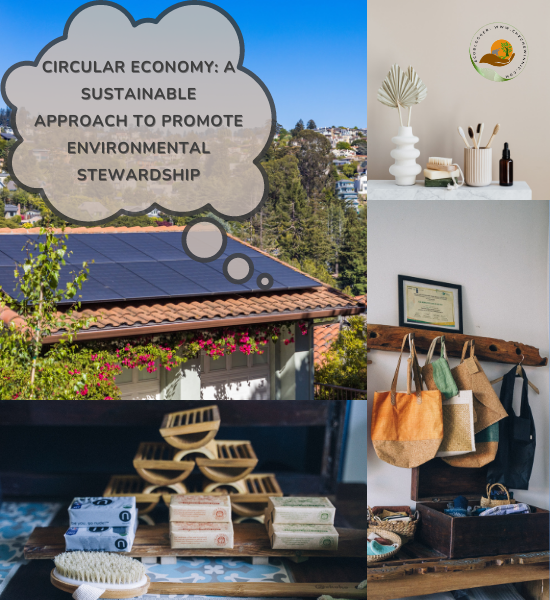The circular economy is a system designed to minimize waste and maximize the use of resources by promoting the reuse, repair, and recycling of products and materials. This approach is gaining attention as a solution to the environmental challenges posed by our current linear model of production and consumption.
In this blog post, we will explore the pros and cons of circular economy, how it can help address climate change, and how to support circular economy efforts.
Pros :
- Reduced Waste: In a circular economy, resources are kept in use for as long as possible, reducing the amount of waste generated by our current linear model of production and consumption.
- Conservation of Resources: Circular economy promotes the conservation of resources by reusing and recycling materials, reducing the need for new materials.
- Economic Benefits: By promoting the reuse and repair of products, a circular economy can create new economic opportunities and reduce the costs associated with waste disposal.
- Climate Change Mitigation: Circular economy can reduce greenhouse gas emissions associated with the extraction, production, and disposal of materials, promoting a more sustainable and low-carbon economy.
Cons :
- High Upfront Costs: Implementing circular economy practices may require significant upfront costs, such as investing in new technologies or redesigning products and processes.
- Consumer Behavior: Circular economy requires changes in consumer behaviour, such as choosing to repair or reuse products rather than buying new ones.
- Complex Systems: Implementing a circular economy can be complex, requiring cooperation between different stakeholders, including businesses, governments, and consumers.
How Circular Economy Helps Address Climate Change:
The circular economy can help address climate change in a number of ways:
- Reduced Greenhouse Gas Emissions: Circular economy can reduce greenhouse gas emissions associated with the production, consumption, and disposal of goods by promoting the reuse, repair, and recycling of products and materials.
- Conservation of Resources: By reusing and recycling materials, a circular economy can reduce the demand for new resources, promoting a more sustainable and low-carbon economy.
- Resilience to Climate Impacts: Circular economy can promote the regeneration of natural systems, reducing the vulnerability of communities and ecosystems to the impacts of climate change.
How to Support Circular Economy:
- Reduce Waste: Support circular economy by reducing waste in your daily life, such as by choosing reusable products or repairing items rather than disposing of them.
- Support Circular Businesses: Choose products and services from companies that prioritize circular economy practices, such as Patagonia, which offers a take-back program for old clothing.
- Advocate for Policy Change: Encourage governments to support a circular economy through policies that promote recycling, reduce waste, and incentivize circular business practices.
- Invest in Circular Economy: Invest in companies that prioritize circular economy practices or consider supporting circular economy startups through crowdfunding or venture capital.
Conclusion:
A circular economy offers a promising solution to the environmental challenges posed by our current linear model of production and consumption. By promoting the reuse, repair, and recycling of products and materials, a circular economy can reduce waste, conserve resources, and promote a more sustainable and low-carbon economy. While there are challenges to implementing circular economy practices, supporting circular businesses, advocating for policy change, and investing in circular economy initiatives can help promote this promising approach to sustainability.

